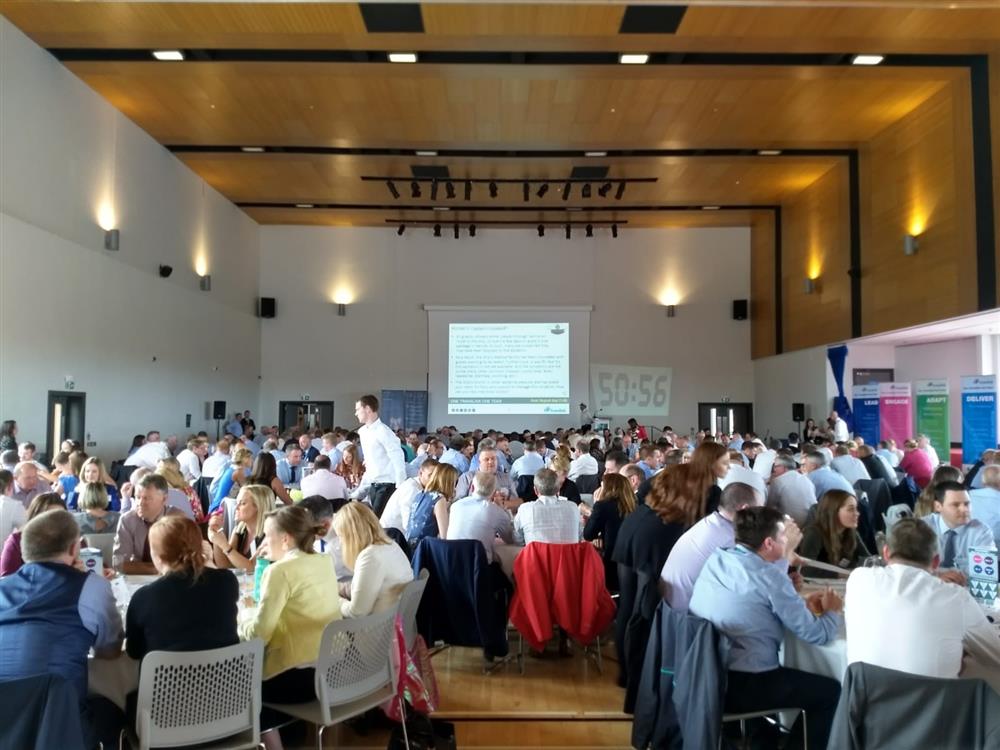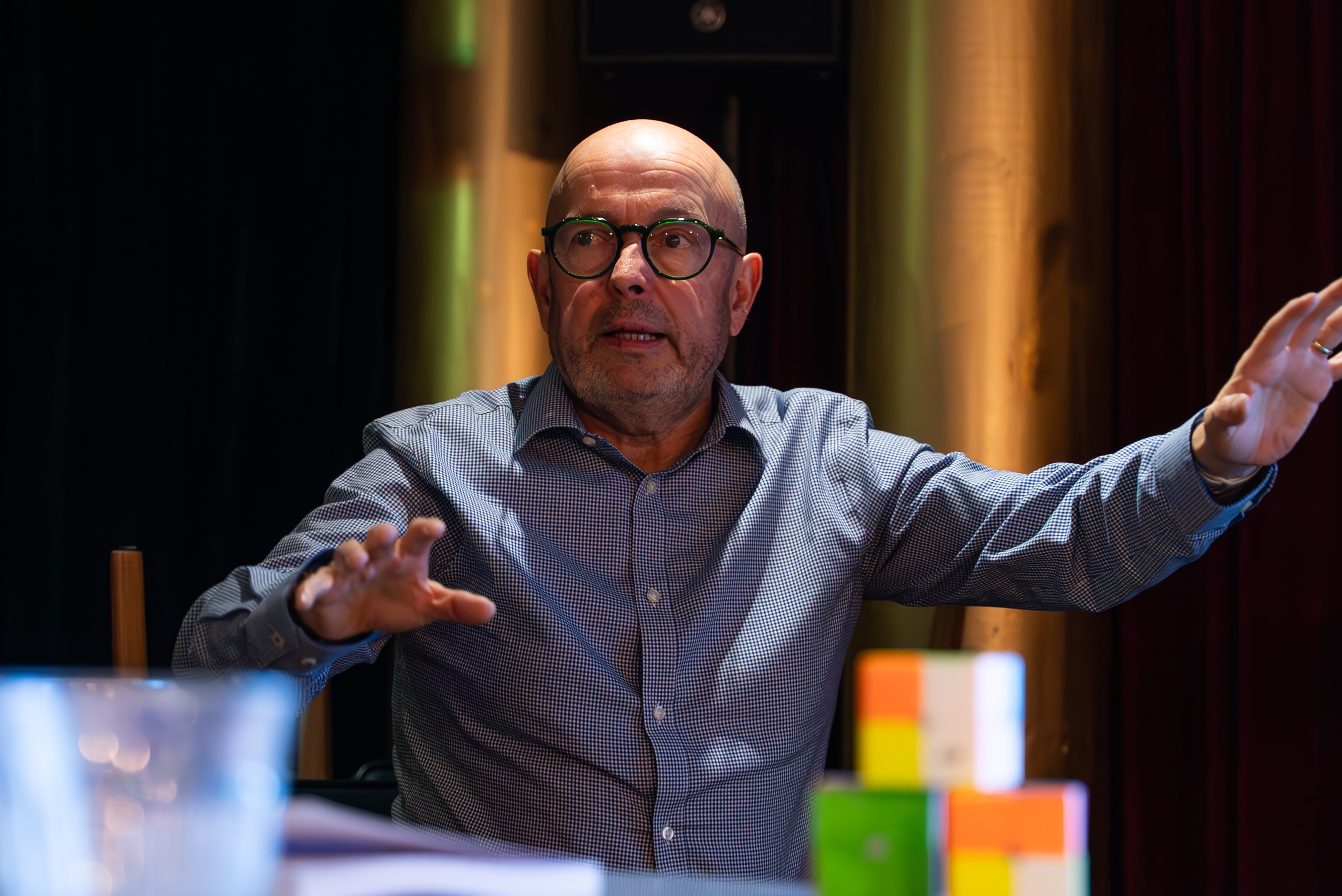Public transport managers jump in the deep end in cruise ship simulation
By Ken Thompson, Nov 20, 2018 Last updated Jun 17, 2025
In late May 2018, when their HR team were challenged by their group chief executive CEO to include a hi-tech business simulation at the public transport operator’s annual leadership conference on June 14 they took a deep breath… and then quickly got their creative thinking hats on.
The main requirements for the simulation were:
- A scenario highly relevant to public transport operations across bus and train
- Time pressured and dynamic with strong management learning
- Engaging and fun and with a positive team building effect
- Played by up to 300 managers, working in teams, at the same time
- Using technology (to reflect the company’s on-going investment in IT)
And… all this to be delivered in one hour in a very busy conference schedule!
The team, which included Ken Thompson and Scott Thompson from Business Simulations, quickly decided on a major incident management scenario in passenger transportation which would be both relevant to the group but also something none of them would ever have encountered before – managing a major incident on a luxury cruise ship with 3000 guests and 1000 crew!
Dilemmas facing the teams
The leadership teams of cruise ships must deal daily with four competing forces which cause dilemmas and tensions which would be very familiar to public transport operations:
- Safety: First and foremost safely arriving at each destination
- Schedule: Arriving at the scheduled destination at the scheduled time
- Customer expectations: Making sure customers are satisfied and loyal
- Staff motivation: Recognising that without motivated staff none of these three things can be achieved
So, how did the simulation work?
First, Ken gave a short briefing to all the teams on the big screen on their role as the leadership team of the cruise ship and the nature of the major incident which had just happened. Each team were then given just 10 minutes to study their team pack and decide on how they would operate their team and who was going to play each of the 11 key leadership roles on the ship – one of which was a ship’s chaplain!
Next Ken started the one-hour countdown timer (projected large on the wall) and every five minutes for the next hour, put on his captain’s hat and gave the teams some new bit of vital information relating to the emerging incident to ramp up the pressure to see how they would react to the constant changing situation they faced.
Every 20 minutes of the simulation teams were then asked to deliver a major incident plan update to head office. If a team managed to deliver a complete written update on time they were given important additional information which would help them in their management of the incident.
Finally teams were invited to use their 30 brand-new Samsung tablets three times during the simulation to answer five questions on their proposed incident management actions - the results of these questions were then shown instantly on a big screen team leaderboard.
What were the results?
The teams quickly forgot it was just a simulation and rose to the challenge of dealing with the incident and looking after their passengers – some of whom had very specific needs! Competitive juices also kicked in and the final leaderboard revealed a very close-run thing with Team 1 taking the gold medal by just one more point from Team 25 followed closely by three teams in a triple tie for the bronze model.

There were a number of other great team performances including:
- Most improved team
- Most innovative team
- Best incident reports
So what was the learning?
At the end of the simulation each team used their Samsung tablets to assess the learning they gained from the simulation. There were four main learnings in the simulation:
- Team effectiveness
- Decision-making
- Achieving deadlines
- Managing change
The feedback from the teams was in all areas at least 22 of the 25 teams felt that they were performing either better or much better at the end compared with how they performed at the start. This is amazing learning from a one-hour session and reflects the whole-hearted way all the teams engaged with the simulation.
Compared to your team performance in the first round, how would you rate your team performance in the final round for team effectiveness?
- Much worse: 0
- Worse: 1
- About the same: 2
- Better: 5
- Much better: 17
Compared to your team performance in the first round, how would you rate your team performance in the final round for decision-making?
- Much worse: 0
- Worse: 0
- About the same: 2
- Better: 12
- Much better: 11
Compared to your team performance in the first round, how would you rate your team performance in the final round for hitting deadlines?
- Much worse: 0
- Worse: 0
- About the same: 2
- Better: 4
- Much better: 19
Compared to your team performance in the first round, how would you rate your team performance in the final round for managing change?
- Much worse: 0
- Worse: 0
- About the same: 3
- Better: 13
- Much better: 9
How well do you think you did compared to the other teams?
- In bottom 5: 1
- A bit worse: 0
- About the same: 6
- A bit better: 9
- In top 5: 9
What was the feedback?
Feedback from the event was excellent with the overall sponsor and a number of delegates commenting it was the most effective learning session they had ever attended. The feedback above tells the story very nicely with 88% of the teams saying their team effectiveness had improved over the course of just one hour!
For an event with nearly 300 managers, compressed into just 60 minutes, this is an impressive learning outcome!
